Nothing Found
Sorry, no posts matched your criteria
Sorry, no posts matched your criteria
 In the flurry of criticism over China’s air defence identification zone in the South China Sea, the fact that New Zealand’s Defence Minister Jonathan Coleman has been visiting his Chinese counterpart has been lost in the noise. And while the United States and a number of its Asian allies—Japan, Australia, South Korea and the Philippines—have been barking at Beijing, Dr Coleman’s purpose appears to have been quite different. In some remarkable comments reported by the New Zealand Herald, Coleman explained that his trip was designed to ‘balance out our diplomacy with the United States’ and that Wellington was ‘walking this path between the US and China’.
In the flurry of criticism over China’s air defence identification zone in the South China Sea, the fact that New Zealand’s Defence Minister Jonathan Coleman has been visiting his Chinese counterpart has been lost in the noise. And while the United States and a number of its Asian allies—Japan, Australia, South Korea and the Philippines—have been barking at Beijing, Dr Coleman’s purpose appears to have been quite different. In some remarkable comments reported by the New Zealand Herald, Coleman explained that his trip was designed to ‘balance out our diplomacy with the United States’ and that Wellington was ‘walking this path between the US and China’.
I’ve seen no sign of a formal New Zealand statement on the East China Sea crisis, and certainly nothing along the lines of Australia’s reaction. According to the Herald, Coleman ‘said he would be telling his hosts that New Zealand did not take sides in disputes and wanted them resolved through international processes’. This seems a more deliberately neutral and backseat approach than Australia’s adoption of the Japanese formula. In opposing unilateral changes to the East China Sea status quo, Canberra’s language has clearly China signalled as the culprit. In contrast, there seems no chance that Wellington will be announcing any time soon that it has called in the Chinese Ambassador for an explanation of the new zone. Read more
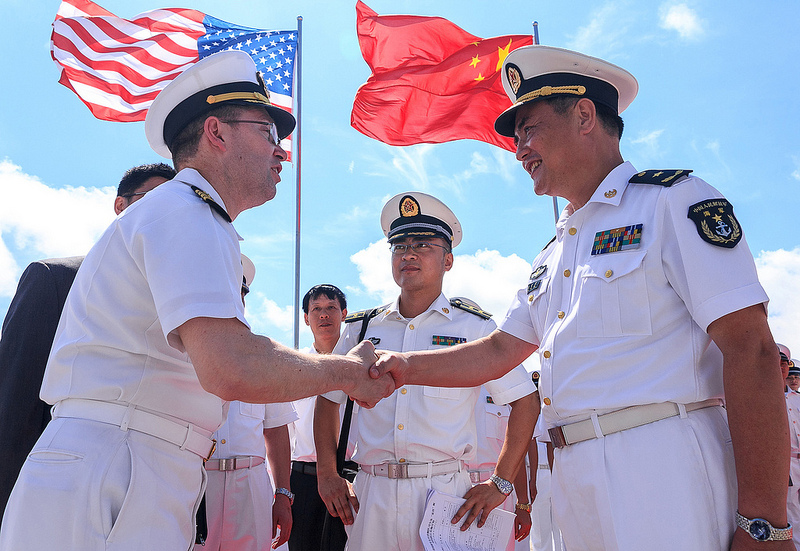 The Chinese military has been doing some sabre-rattling lately. While PLA naval forces have been busy asserting China’s claims in the East China Sea and the South China Sea, there’ve been larger efforts in train to impress upon global players China’s capacity and willingness to engage, if necessary, in broader military confrontation.
The Chinese military has been doing some sabre-rattling lately. While PLA naval forces have been busy asserting China’s claims in the East China Sea and the South China Sea, there’ve been larger efforts in train to impress upon global players China’s capacity and willingness to engage, if necessary, in broader military confrontation.
This has been seen on several fronts. The most obvious manifestation is the very public parading of Chinese military hardware. The CPC’s key ideological journal Qiushi recently showcased China’s nuclear submarine force for the first time in four decades, even introducing us to some of the commanders, while Xinhua has been widely circulating illustrations of the vessels. Chinese military capabilities have also been on display closer to the United States, with a PLA Navy electronic reconnaissance ship sailing into Hawaiian waters, reportedly in response to the activities of the USS George Washington in the Yellow Sea. Photos of new-generation KJ-500 AWACS aircraft have also been making the rounds. Read more
 In June 2013 China once again surprised the world scientific community by introducing the fastest supercomputer in the world, the Tianhe-2 or Milky Way-2.
In June 2013 China once again surprised the world scientific community by introducing the fastest supercomputer in the world, the Tianhe-2 or Milky Way-2.
TOP500 project lists the top 500 supercomputers of the world on the basis of a parameter called LINPACK benchmark. The biannual list is usually released in June and November. The benchmark was an idea conceived by Jack Dongarra. In simple terms, it’s the rate at which the supercomputer solves floating-point operations and is evaluated by making the supercomputer solve a dense system of linear equations.
The principal Liberal Party defence proposals at the recent election were to increase funding, deliver yet another White Paper and have yet another reform program. All pretty standard stuff really, especially as the other side agreed with the idea of increasing funding. The focus of the new government was seemingly going to be on improving implementation and program delivery rather than embracing radical new strategic directions. Maybe that perspective is about to change.
The May 2013 white paper proposed that, with the ADF moving away from combat operations in Afghanistan, the focus should shift to enhanced regional engagement. This strategy had a somewhat balanced land, naval and air approach; there was a place for everybody. Read more
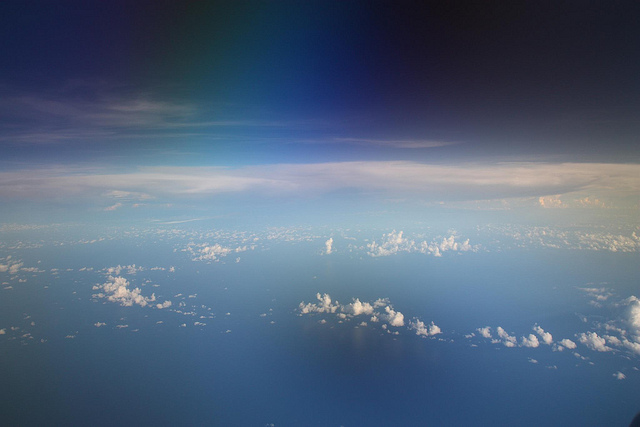 The South China Sea is ‘probably the world’s single most complex, and intractable, international relations problem’. Gareth Evans, in proclaiming the South China Sea as the biggest and most complex headache, didn’t mention any of the other contenders. Iran’s nuclear program, North Korea and Syria jumped to my mind as I heard the line from Australia’s longest serving Labor Foreign Minister and the President Emeritus of the International Crisis Group.
The South China Sea is ‘probably the world’s single most complex, and intractable, international relations problem’. Gareth Evans, in proclaiming the South China Sea as the biggest and most complex headache, didn’t mention any of the other contenders. Iran’s nuclear program, North Korea and Syria jumped to my mind as I heard the line from Australia’s longest serving Labor Foreign Minister and the President Emeritus of the International Crisis Group.
As a man who wields words with precision and force, Evans would have considered all of those and more before giving the South China Sea the dark honour of being the ‘single most complex’ issue confronting the globe. And he’d enjoy arguing the merits of the various cases. Read more
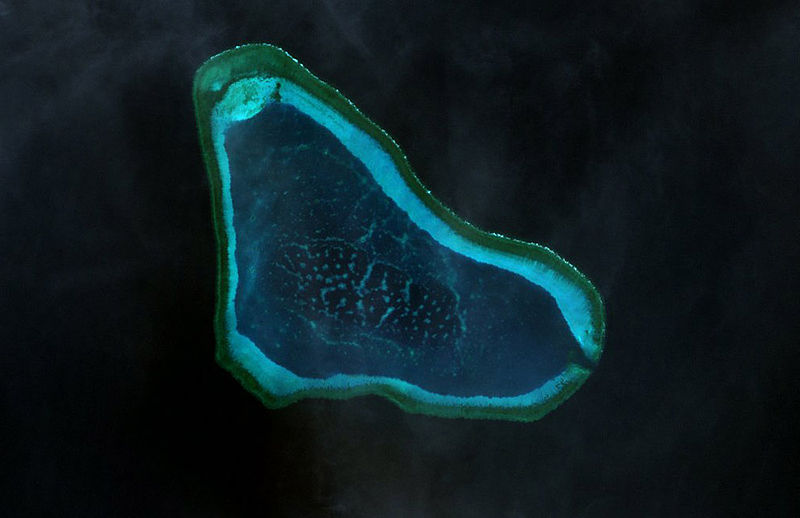 This morning Professor Gareth Evans, Chancellor of the Australian National University, launched a new National Security College publication on the South China Sea and Australia’s regional security environment, Occasional Paper No 5, Crawford School of Public Policy, ANU, Canberra, 2 October 2013, to be available here. The following paragraphs are excerpted from Professor Evans’ introductory remarks:
This morning Professor Gareth Evans, Chancellor of the Australian National University, launched a new National Security College publication on the South China Sea and Australia’s regional security environment, Occasional Paper No 5, Crawford School of Public Policy, ANU, Canberra, 2 October 2013, to be available here. The following paragraphs are excerpted from Professor Evans’ introductory remarks:
For foreign policy wonks, both practising and academic, foreign correspondents and international lawyers, the South China Sea is the gift that goes on giving. It has everything:
China’s new national map re-affirms its historical South China Sea claims and incorporates a tenth ‘dash line’ off Taiwan. It has created a few ripples in Southeast Asia and beyond. Since the tenth dash itself isn’t new, there’s less novelty to this development than first meets the eye. But it raises important questions about China’s intentions, due to the basic ambiguity of its position.
The latest national map of China was published earlier this year by SinoMaps Press, under the jurisdiction of the State Bureau of Surveying and Mapping. In other words, it’s officially approved. As with past maps, Beijing’s claims in the South China Sea are represented by the familiar nine-dash line, which is duplicated on both sides of the map. Whereas the nine-dash line was previously included as an inset and without the tenth dash line off Taiwan, it’s now fully integrated into the new national map. The 10-dash line map also features as a background in China’s latest passports, which have drawn protests from Vietnam and the Philippines.
 Close-ups of the front and back of the new SinoMaps Press map showing China’s ten-dash line in the South China Sea. Courtesy of SinoMaps Press. Read more
Close-ups of the front and back of the new SinoMaps Press map showing China’s ten-dash line in the South China Sea. Courtesy of SinoMaps Press. Read more
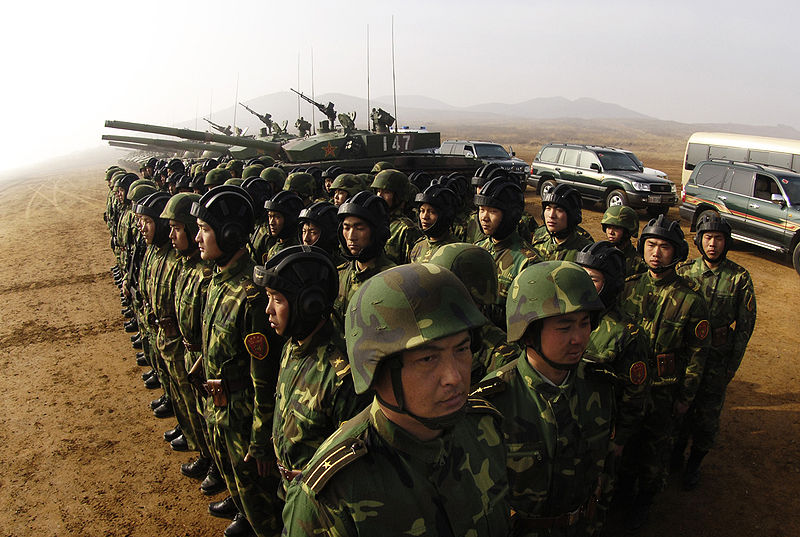 Concerns about China’s rising military capabilities usually focus on its naval, air and anti-access/area-denial forces, downplaying its ground forces.
Concerns about China’s rising military capabilities usually focus on its naval, air and anti-access/area-denial forces, downplaying its ground forces.
Some American analysts have great confidence in the ability of the US and of its regional allies to take on the PLA’s ground element. For instance, Dartmouth’s Michael Beckley says we’ve no reason to think that the Chinese ground forces would fight much better than the Iraqi army thrashed by coalitions in 1990 and 2003, on a ‘pound for pound’ basis. Maybe Beckley and others just want to avoid repeating the mistakes of earlier analysts. After all, in 1990 there was a widespread opinion that Iraq was superb at defence and would inflict serious casualties on the invading forces.
But overestimating your clout compared to a potential opponent’s isn’t the only mistake you can make. When the British Governor of Singapore heard that the Japanese were on the way in 1942, he told an army commander, ‘Well, I suppose you’ll shove the little men off’. Read more
No one can dispute the fact that the South China Sea has been a sea of contention in recent years. And now Malaysia has added confusion to the already torturous mix. Speaking to Bloomberg News in Brunei last month, Malaysian Defence Minister Hishammuddin Hussein said that the Chinese navy could conduct patrols off Malaysia’s coasts as long as China’s ‘intention is not to go to war’. He added that Malaysia and China had built ‘enough level of trust that we will not be moved by day-to-day politics or emotions’. On the sidelines of meetings with counterparts from ASEAN as well as the US, he said that ‘Just because you have enemies, doesn’t mean your enemies are my enemies. His comments must have raised many eyebrows across Southeast Asia, and a frisson of excitement in Beijing.
For one, Mr Hishammuddin’s phraseology is problematic. The term ‘enemy’ has been banished from the strategic lexicon since the end of Cold War bipolar competition. And one could only wonder what he meant exactly by China having ‘no intention of war’. To borrow from Clausewitz: war is the continuation of policy via other means; but there are coercive steps short of war that are highly effective policy instruments. Read more
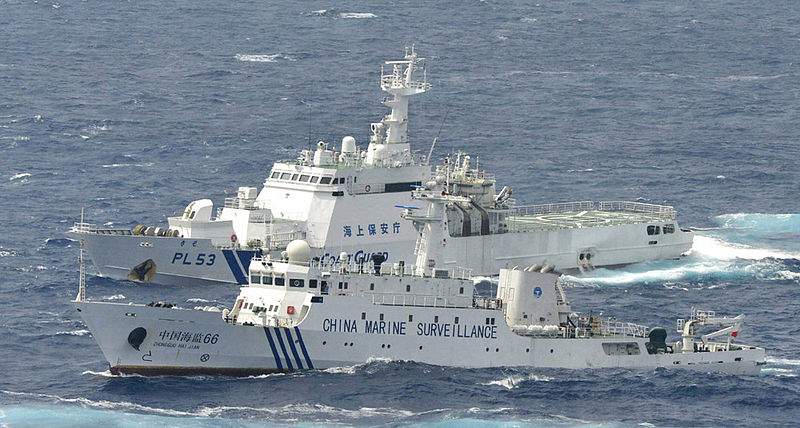 Hugh White continues to paint a picture of the United States being the principal cause of the growing tensions in Asia by not making enough concessions, and by ‘containing’ rather than ‘ceding primacy’ to China. He claims ‘American efforts to perpetuate primacy in the face of China’s challenge will create not peace and stability but escalating rivalry and a growing risk of conflict.’ Many in the region would disagree.
Hugh White continues to paint a picture of the United States being the principal cause of the growing tensions in Asia by not making enough concessions, and by ‘containing’ rather than ‘ceding primacy’ to China. He claims ‘American efforts to perpetuate primacy in the face of China’s challenge will create not peace and stability but escalating rivalry and a growing risk of conflict.’ Many in the region would disagree.
I could understand this line being argued under the ‘hawkish’ Bush administration. But I can’t quite see how this line is maintained concerning a reluctant and non-combative Barack Obama. Sure, the United States has talked about a ‘pivot’ or a rebalancing, but in reality it has not amounted to much more than a return to barracks of those forces that used to be based there (in Okinawa, Guam and Hawaii) before they deployed for over a decade on operations in Iraq and Afghanistan. Even then, the siren calls of the Middle East continue to beckon. So much for an Asian-centric pivot. Read more